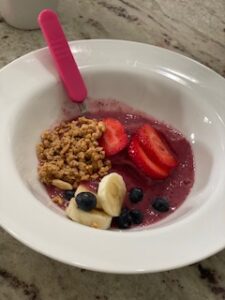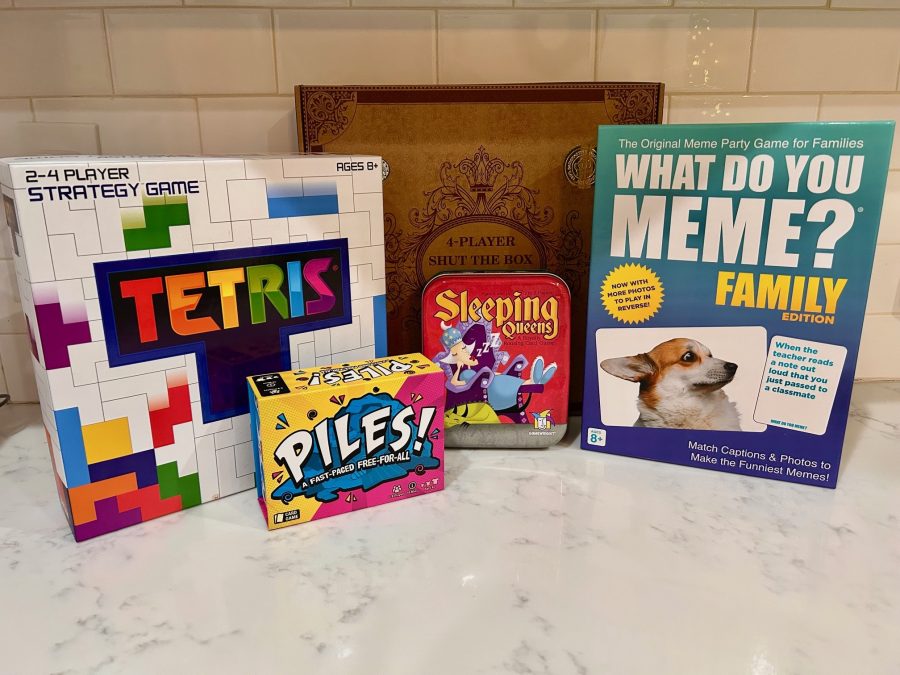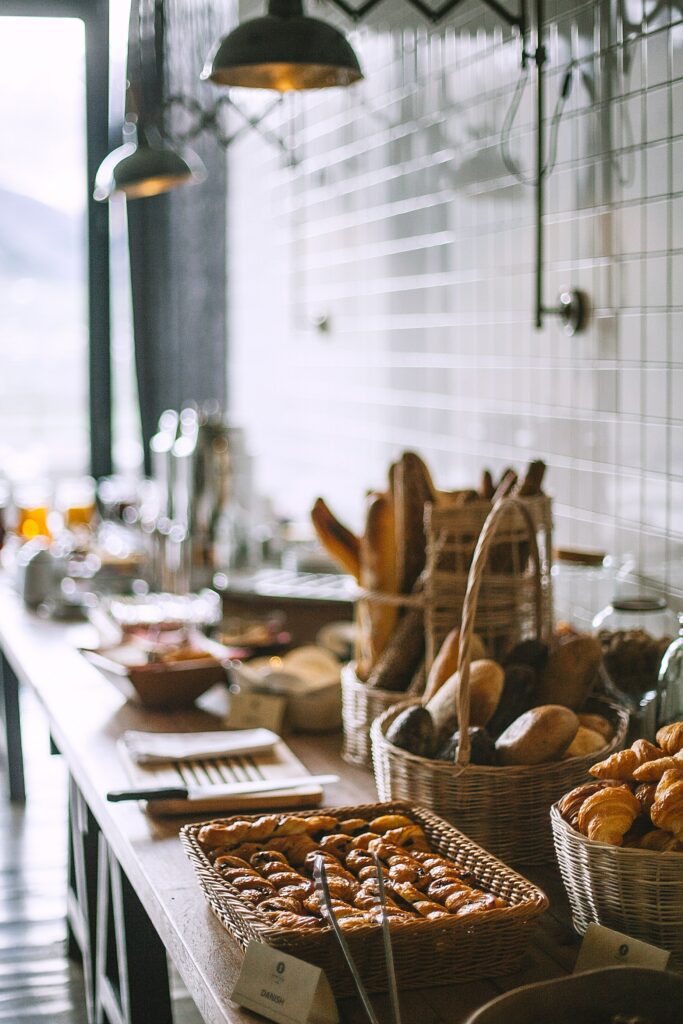 Have you noticed the increasing choices of gluten-free items available in grocery store aisles and on restaurant menus? Chances are you may have wondered, should I choose gluten-free options when available or, more so, should I avoid gluten all together?
Have you noticed the increasing choices of gluten-free items available in grocery store aisles and on restaurant menus? Chances are you may have wondered, should I choose gluten-free options when available or, more so, should I avoid gluten all together?
What is gluten?
Gluten is a group of seed storage proteins found in many grains including wheat, barley, and rye. Gluten is commonly found in foods such as pasta, pizza, cereal, and bread.
Celiac disease is the most common reason to avoid gluten; however, there has been a recent increase in and awareness for gluten sensitivities. A growing number of individuals are choosing to ditch gluten and replace it with more nourishing foods.
Why gluten-free?
My sister recently made radical changes to her diet and has seen tremendous results including increased energy. She has more self-discipline than anyone I know. When asked about the benefits of a gluten-free diet, she rates the top benefits she has experienced are less pain in joints due to decreased inflammation, clarity of mind, and feeling more focused and present. Wouldn’t we all want more of that! After being inspired by my sister, I significantly reduced my gluten intake and lowered gluten intake for my entire family. For me, benefits include feeling less full and bloated after meals and more energetic. Once accustomed to gluten-free eating, I do find myself no longer craving or wanting bread, pasta, and gluten-heavy foods. One of my best friends recently shared with me her desire to reduce her gluten intake. She reports making the choice after learning gluten has little to no nutritional value and can cause inflammation. Her family has begun reducing gluten by eliminating crackers and pasta and instead choosing gluten-free options. She also has a mother-in-law with a gluten sensitivity, and often she enjoys exploring new gluten-free recipes to share with her.
One of the top reasons given for eliminating gluten simply by choice is to reduce inflammation. Gluten does not offer any nutritive value and is found widely in processed foods. In essence, eliminating gluten forces a switch to more naturally found whole foods. Of course, many gluten-free packaged items are also highly processed. However, with healthier substitutions, one can eat gluten-free and reduce processed foods. As with any diet, arguments can be made both for and against eating gluten-free. Western medicine has little to no evidence-based research on gluten-free diets beyond celiac disease. If interested in reading more about gluten-free diets by choice, you can find great information from functional medicine physicians.
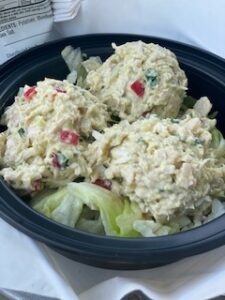

Lettuce is your new best friend
So if I can’t eat bread or pasta, what can I eat? Anywhere you used bread before, you can replace it with lettuce. When dining out, simply ask for lettuce in place of a bun or bread for burgers and sandwiches. As far as pasta is concerned, a variety of options are available. You can use zucchini noodles, cauliflower rice, or even gluten-free pasta. Rice, quinoa, and oats are excellent substitutions to satisfy the taste for carbs. Gluten is contained in breading. Therefore, fried foods are not part of a gluten-free diet. Raising Cane’s does offer a naked tender and Chick-fil-a has grilled chicken for those choosing gluten-free. Breakfast is a meal usually gluten heavy. For my family, I learned gluten-free eating does require more prep work. Each week I make a batch of gluten-free muffins. Pinterest and Instagram have no shortage of gluten-free recipes! These recipes often use almon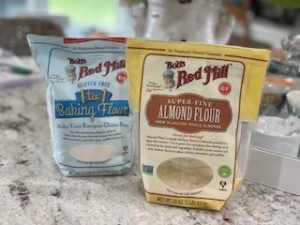

Pictured below are a few simple gluten-free meals/snacks. As you can see gluten-free eating can be just as exciting and tasteful as meals containing gluten!
If interested, I recommend eating gluten-free for one meal a day to begin and note how you feel afterward. You will quickly know if this is something you want to keep up or not. Many people have absolutely no sensitivity to gluten and will feel no difference from eliminating gluten. However, I think it is worth a try as you may not realize gluten was causing discomfort until you eliminate it.
Information in this post is strictly opinion. If considering a diet change, please consult your physician to determine the right choice for you.










